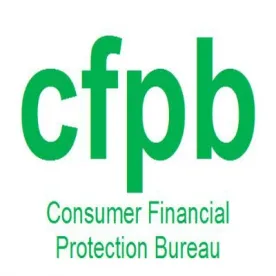On April 2, 2018, the Consumer Financial Protection Bureau issued its semi-annual report to Congress. Along with the traditional review of Bureau activities for the 6-month period covered by the report, the report is most notable for the 4 legislative proposals offered by Acting Director Mulvaney in his introductory letter, each of which would serve as a substantial check on the Bureau’s authority and independence.
The four proposals, which reflect concerns voiced by Republicans in Congress about the Bureau’s authority since its founding, are as follows:
-
Alter the current funding mechanism to fund the Bureau through Congressional appropriations.
-
Require affirmative legislative approval of “major” rules by Congress.
-
Ensure that the Bureau’s Director, who presently can only be terminated for cause, is answerable to the President.
-
Create an independent Inspector General to provide additional oversight.
In proposing these changes – which are described only in broad outlines – Acting Director Mulvaney asserts that the Bureau’s “lack of accountability” should be a “warning sign that a lapse in democratic structure and republican principles has occurred.” To address those concerns, he proposes these structural reforms that will long outlive the Acting Director’s tenure, and invites a discussion of these proposals during his upcoming Congressional testimony.
Beyond the legislative proposals, the report goes on to detail the Bureau’s activities from April 2017 through September 2017, which preceded Acting Director Mulvaney’s tenure. Among the topics highlighted in this report are:
-
The report starts with a discussion of the Bureau’s June 2017 report on how “credit invisibles” can transition out of credit invisibility, noting that there is room for future research in this area. The report also notes the importance of financial education and the Bureau’s efforts there.
-
The establishment of a task force focused on identifying and reducing unwarranted regulatory burdens.
-
The Bureau’s recent ongoing series of Requests for Information about the Bureau’s processes and policies.
-
The Bureau’s continuing work toward releasing a proposed debt collection rule and a joint rule (with the Fed) relating to the Expedited Funds Availability Act (Regulation CC).
-
Upcoming final rules amending the GLBA’s annual notice requirements, the Bureau’s FOIA procedures, and TILA as it relates to the use of Closing Disclosures to determine good faith disclosures of estimate closing cost.
The report also reviews the more than 300,000 complaints received by the Bureau in the time-period covered by the report. Of the complaints sent to companies for review and response, approximately 93% were responded to, which included relief such as refunds, ending debt collection contacts, and correcting consumer reports. Debt collection and credit/consumer reporting were by far the two most complained about categories, accounting for 54% of all complaints.
As this report is largely focused on the Bureau’s actions prior to Mulvaney’s appointment, we can expect that his upcoming testimony will likely focus less on the Bureau’s past and more on his vision for the Bureau’s future, including his legislative proposals.





 />i
/>i
